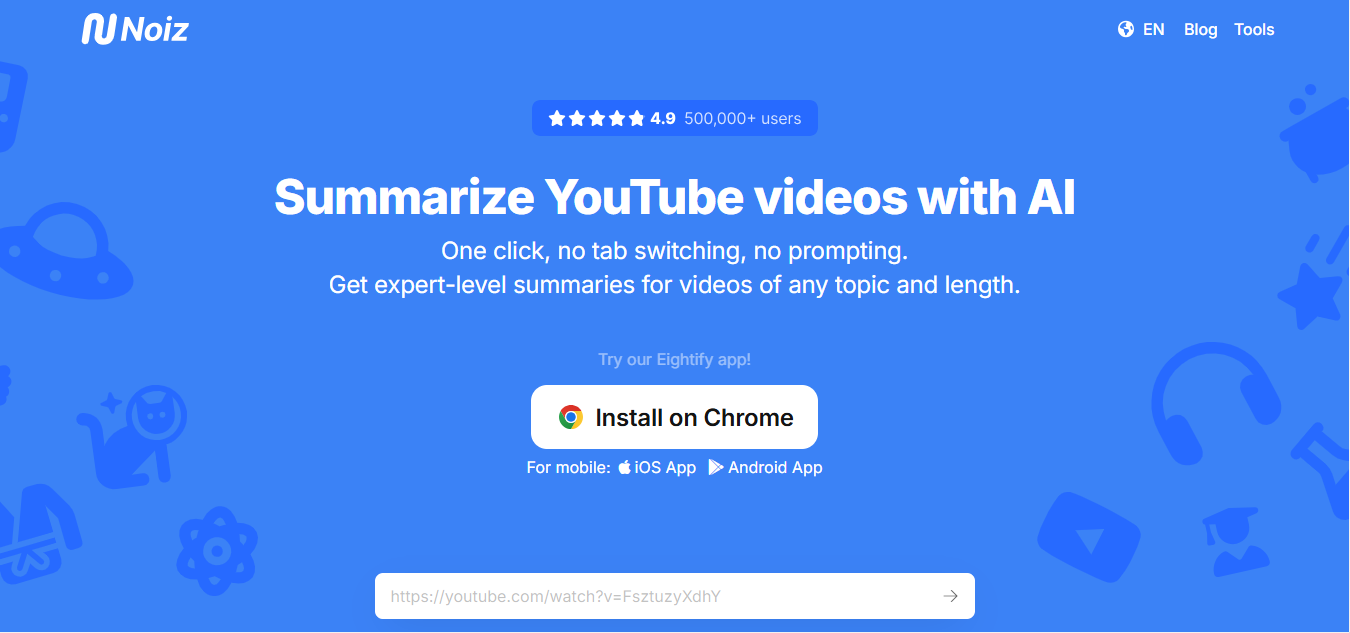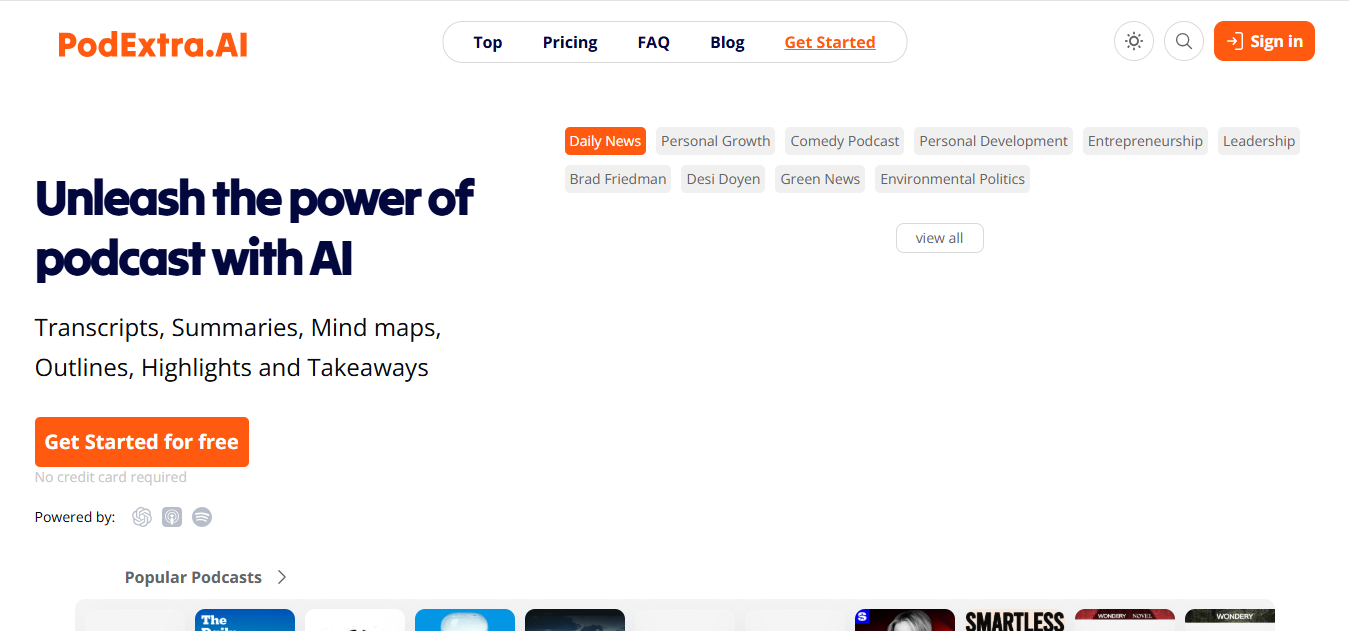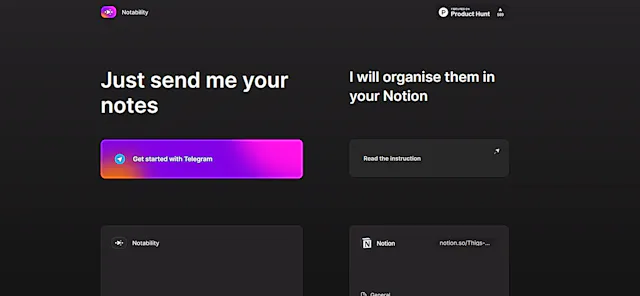
RIFFIT Reader
What is RIFFIT Reader?
RIFFIT Reader is an AI-powered learning application that transforms text into personalized songs. It's designed to help individuals with neurological differences like dyslexia, autism, or aphasia improve their learning and communication skills through music.
Top Features:
- Text-to-Song Conversion: transforms any text into a song of your chosen genre and singer.
- Explore Topic: generates teaching content and composes a song on any given topic.
- Personalized Learning: creates unique songs based on user preferences for a tailored experience.
Pros and Cons
Pros:
- Accessibility: designed for users regardless of musical ability or learning challenges.
- Engaging Learning: makes learning enjoyable through catchy, upbeat songs.
- Versatility: applicable for various users including students, teachers, and therapists.
Cons:
- Limited Research: effectiveness for all types of learners may need more scientific backing.
- Potential Overreliance: users might become too dependent on musical learning methods.
- Learning Curve: some users may need time to adapt to this unique learning approach.
Use Cases:
- Study Aid: students can convert textbook content into memorable songs for better retention.
- Classroom Tool: teachers can create engaging, subject-specific songs for their lessons.
- Therapy Support: speech therapists can use it to aid clients with communication difficulties.
Who Can Use RIFFIT Reader?
- Students: those looking for an innovative and fun way to study and retain information.
- Educators: teachers seeking to create engaging, music-based learning materials for their classes.
- Individuals with Learning Challenges: people with dyslexia, autism, or ADHD seeking alternative learning methods.
Pricing:
- Free Trial: available for users to test the application's features.
- Pricing Plan: details not provided on the website, likely subscription-based.
Our Review Rating Score:
- Functionality and Features: 4/5
- User Experience (UX): 4/5
- Performance and Reliability: 3.5/5
- Scalability and Integration: 3/5
- Security and Privacy: 3.5/5
- Cost-Effectiveness and Pricing Structure: 3/5
- Customer Support and Community: 3.5/5
- Innovation and Future Proofing: 4.5/5
- Data Management and Portability: 3/5
- Customization and Flexibility: 4/5
- Overall Rating: 3.6/5
Final Verdict:
RIFFIT Reader presents an innovative approach to learning through music. While it shows promise for various user groups, especially those with learning challenges, its long-term effectiveness and broad applicability may require further validation. It's worth exploring for those seeking alternative learning methods.
FAQs:
1) How does RIFFIT Reader work?
RIFFIT Reader uses AI to convert text into songs. Users input text or choose a topic, select a genre and singer, and the app generates a unique melody with the information set to music.
2) Is RIFFIT Reader effective for all types of learners?
While RIFFIT Reader can benefit many learners, especially those with neurological differences, its effectiveness may vary. It's particularly helpful for auditory learners and those who struggle with traditional reading methods.
3) Can RIFFIT Reader be used in a classroom setting?
Yes, teachers can use RIFFIT Reader to create engaging, music-based learning materials for their classes. It can be used for individual or group learning activities.
4) Is musical knowledge required to use RIFFIT Reader?
No, RIFFIT Reader is designed to be accessible to anyone, regardless of their musical ability. The AI handles the music creation process.
5) What types of text can be converted into songs with RIFFIT Reader?
RIFFIT Reader can convert various types of text into songs, including study materials, stories, and even user-generated content on specific topics.
Stay Ahead of the AI Curve
Join 76,000 subscribers mastering AI tools. Don’t miss out!
- Bookmark your favorite AI tools and keep track of top AI tools.
- Unblock premium AI tips and get AI Mastery's secrects for free.
- Receive a weekly AI newsletter with news, trending tools, and tutorials.







